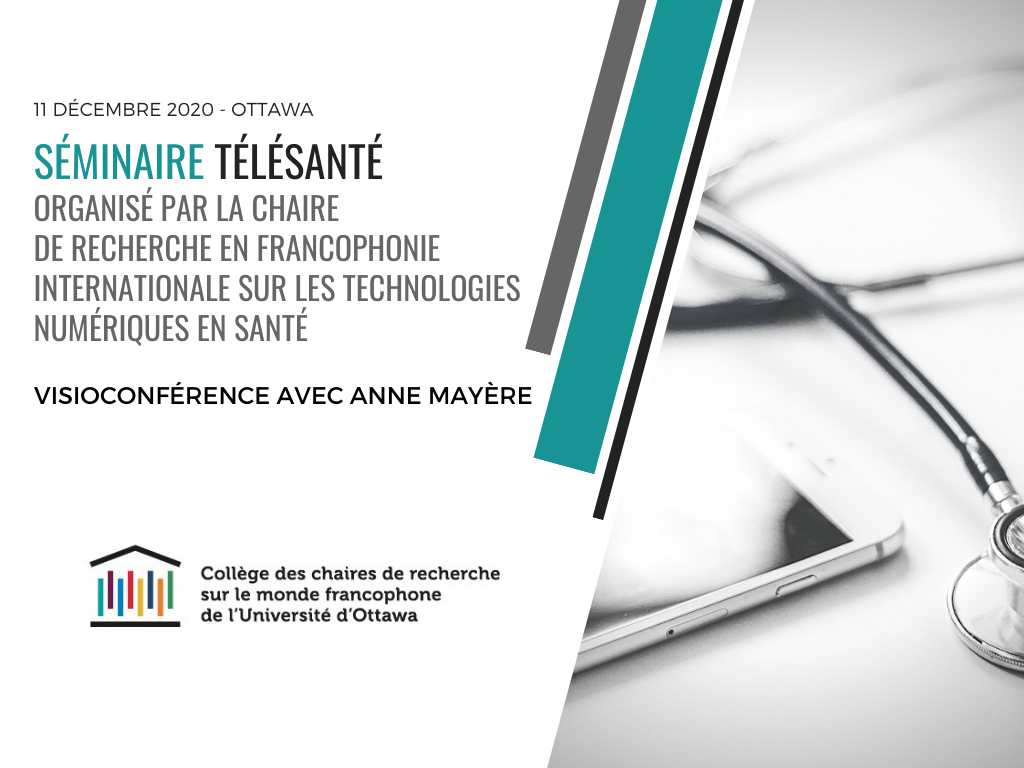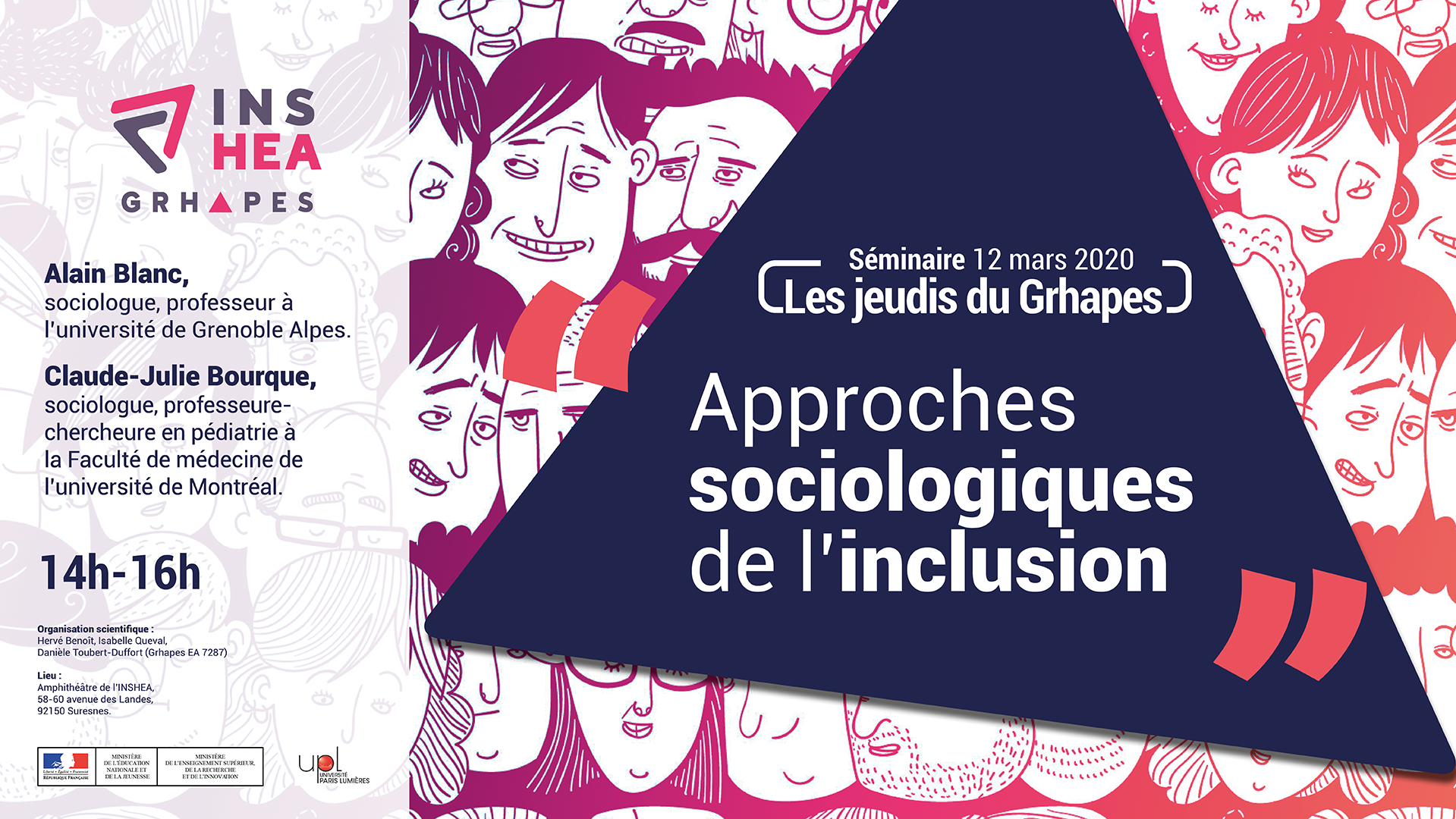Notice
A new weapon against the tobacco industry : class action lawsuit using a novel epidemiologic parameter
- document 1 document 2 document 3
- niveau 1 niveau 2 niveau 3
Descriptif
Epidemiologyand public health
Lawsuits against thetobacco industry, if successful, have the potential to compensate victims ofsmoking and to diminish the capacity of the tobacco industry to continue tofunction with impunity. Up to now, the only successful legal actions againstBig Tobacco have been those brought on behalf of states or provinces to recovernational health care costs associated with tobacco diseases, and those broughton behalf of individual victims, in which financial damages were sought.
Class action lawsuitsto recover damages on behalf of the huge numbers of victims have not previouslybeen successful. The problem is that the tobacco industry has successfullyargued that such a lawsuit requires a demonstration of “more likely than not”causation for each plaintiff. Depending on the jurisdiction, there may be manythousands or millions of incident cases annually, and it is impossible to bringthem all into court individually to determine whether smoking was “more likelythan not” a contributing cause of each case.
Fifteen years ago,class action suit was launched in Quebec on behalf of all lung cancer patientswhose disease was caused by cigarette smoking. The plaintiffs’ lawyers asked meto estimate how many cases of cancer were caused by smoking. This sounds likethe classic attributable fraction in epidemiology. But upon refinement, thequestion became one that has not previously been addressed in epidemiology:What proportion of lung cancer cases in Quebec, if they hypothetically could beindividually evaluated, would satisfy the “more likely than not” criterion?
The novel methodologyI developed is based on two stages. First I estimated the dose-responserelationship between smoking and lung cancer, for which I use the pack-years asa measure of smoking. I define the amount of smoking that is required to inducea two-fold risk as the “critical amount” that makes it more likely than notthat smoking contributed to the cancer. Depending on the model used andconsidering statistical variability, I estimated that the critical amountrequired to double the risk was somewhere between 5 and 12 pack-years ofsmoking.
Then I had toestimate what fraction of Quebec lung cancer patients had smoked more than thecritical amount. I estimated this to be over 90%.
The Quebec trial, atwhich I testified and was cross-examined at length and criticized by a paradeof defense witnesses, ended in 2014. The judge has made his judgement. Hesupported the plaintiffs. I will describe some aspects of the trial.
Cette présentation a été donnée dans le cadre du BRIO SIRICscientific day 3 organisé annuellement par le SIRIC BRIO et qui a pour but deréunir tous les acteurs du SIRIC BRIO et plus largement de la cancérologie àBordeaux.
Intervention / Responsable scientifique
Thème
Dans la même collection
-
Flash talk - Call for proposal FAC 2014
ElustondoFrédéricWodrichHaraldFaustinBenjaminSaltelFrédéricCognetLaurentPersonalized breast cancer therapy based on viral functional assays to score pathway activity Harald Wodrich, University of Bordeaux State-of-the-art mass sequencing technology has paved the road
-
-
Experts panel discussion: What opportunities and best practices for the use of clinical material in…
CameronDavidEn point d'orgue du Scientific BRIO Day, David Cameron, spécialiste reconnu en Oncologie, Professeur à l'Université d'Edimbourg, anime un débat sur la question des opportinités et bonnes pratiques
-
A combined laser microdissection and mass spectrometry method for proteomic analysis of tissue sect…
RaymondAnne-AurélieClinical and biological samples : opportunities and challenges for translational research A challenge in oncology is to better define the tumor of the patient to study the pathology and of course
-
Modelling prognostic capabilities of tumor size : application to colorectal cancer
RondeauVirginieEpidemiology and public health In oncology, the international WHO and RECIST criteria have allowed the standardization of tumor response evaluation in order to identify the time of disease
-
BRIO strategic challenges and the implementation of a translational culture in Bordeaux
SoubeyranPierreAbout BRIO Siric challenges and actions BRIO’s strategic objective is to strengthen Bordeaux’s leadership in Cancer Research through the creation of a dynamic cancer research community, the
-
Social inequalities impacts of care management and survival in patients with non-hodgkin lymphomas
Le Guyader-PeyrouSandraEpidemiology and public health The principal aim of this thesis will describe the care pathway of diffuse large B cell lymphoma (DBCL) and follicular lymphoma (FL) in the general population and
-
BRIO supporting action to integrated cancer research in Bordeaux
MeoniPaoloAbout BRIO Siric challenges and actions The success of BRIO’s approach and the realization of its potential impact on the translational research community in Bordeaux rely both on the efficient
-
-
How studying hematological malignancies subtypes may inform epidemiologic and clinical research
MonnereauAlainEpidemiology and public health The aim of the talk entitled "How studying hematological malignancies (HM) subtypes may inform epidemiologic and clinical research" is to bring to the audience
-
Sarcoma Database: a unique tool for research on mesenchymal tumors
CoindreJean-MichelClinical biology session The main sarcoma databases are the Conticabase (https://conticabase.sarcomabcb.org) and the ConticaGist (https://conticagist.sarcomabcb.org) with 18000 patients and which
Sur le même thème
-
Utiliser la lumière pour comprendre la matière
ChapronDavidDavid Chapron, enseignant-chercheur du LMOPS (Laboratoire Matériaux optiques, photonique et systèmes), présente la technique de spectroscopie Raman dont il est l'un des spécialistes français.
-
01. Le soin du détail (Avec Emilie Chanel)
PoncetRomainChanelEmilieCe podcast est proposé par la Chaire Valeurs du Soin, animé par Romain Poncet, ingénieur de recherche en sociologie.
-
02. Faire de son mieux (Avec Nathalie Vallet-Renart)
Vallet-RenartNathaliePodcast animé par Romain Poncet, ingénieur de recherche en sociologie.
-
Place du brevet dans la recherche d'un laboratoire
DutreixMarieGirardPierre-MarieInterview : la place du brevet dans la recherche d'un laboratoire par Marie Dutreix, directrice de recherche à l'institut Curie.
-
Influence des comportements de santé sur le jugement des femmes consommatrices et atteintes de canc…
AuriolCamilleLes doctorants des universités de Toulouse (UT1C/UT2J/UT3) et de l'Université de Québec à Montréal (UQAM) ont organisé un séminaire de présentation et d'échanges autour de leurs travaux de recherche,
-
[FAB.ISS] Session #5 La fabrique des inégalités sociales de santé et cancer(s)
NicaiseSarahMayèreAnneTerralPhilippeGaboritEmilieDefossezAdrienBartheJean-FrançoisSymposium International FAB.ISS - Ce symposium proposé en 2020 en visioconférence s'intéresse à la fabrique des inégalités sociales de santé, du point de vue des disciplines de sciences humaines et
-
Explorer les impensés de dispositifs de télé-surveillance sur les patient.e.s et leurs modes de vie
MayèreAnneLa conférence du Pr. Anne Mayère (CERTOP, IFERISS, Université de Toulouse, France) est organisée dans le cadre du séminaire télésanté de la Chaire de recherche en francophonie internationale sur les
-
Les jeudis du Grhapes : « Approches sociologiques de l'inclusion », Claude-Julie Bourque, sociolog…
« Approches sociologiques de l'inclusion » Guérir, et puis après... ? Claude-Julie Bourque, sociologue, professeure-chercheure adjointe au département de pédiatrie de la Faculté de médecine de
-
SFjRO Rouen 2019 - Radiosensibilité et apoptose lymphocytaire
Radiosensibilité et apoptose lymphocytaire
-
SFjRO Rouen 2019 - Applications cliniques de la protons thérapie
Applications cliniques de la protons thérapie
-
SFjRO Rouen 2019 - Association therapie systémique et radiothérapie
Association therapie systémique et radiothérapie
-
SFjRO Rouen 2019 - Bases physiques et biologie de la proton thérapie
Bases physiques et biologie de la proton thérapie


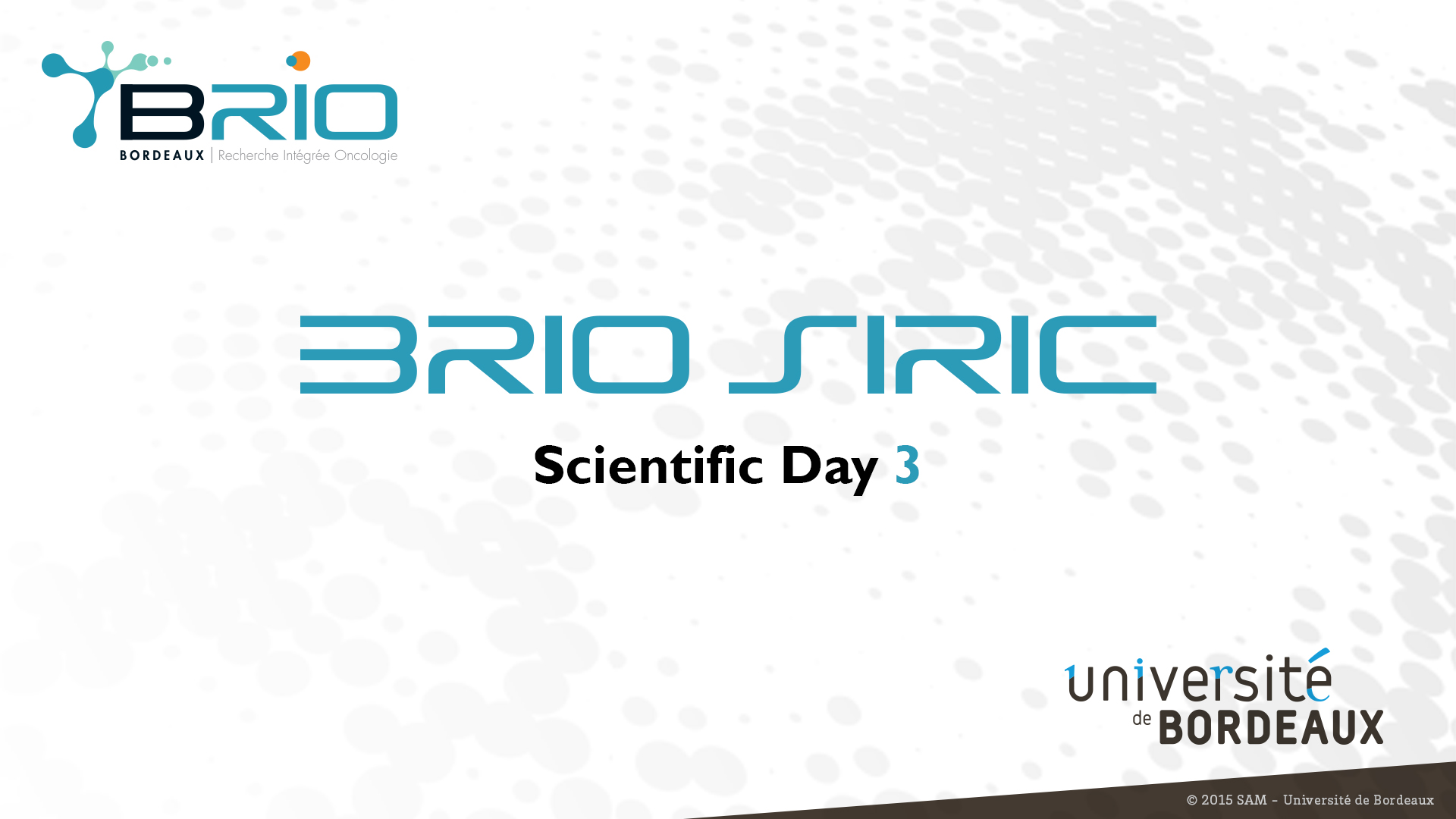










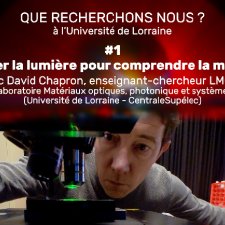

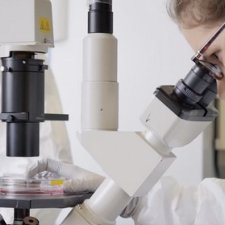
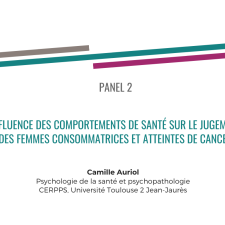
![[FAB.ISS] Session #5 La fabrique des inégalités sociales de santé et cancer(s)](https://vod.canal-u.tv/videos/media/images/iferiss/.fab.iss.session.5.la.fabrique.des.inegalites.sociales.de.sante.et.cancer.s._59509/7.png)
